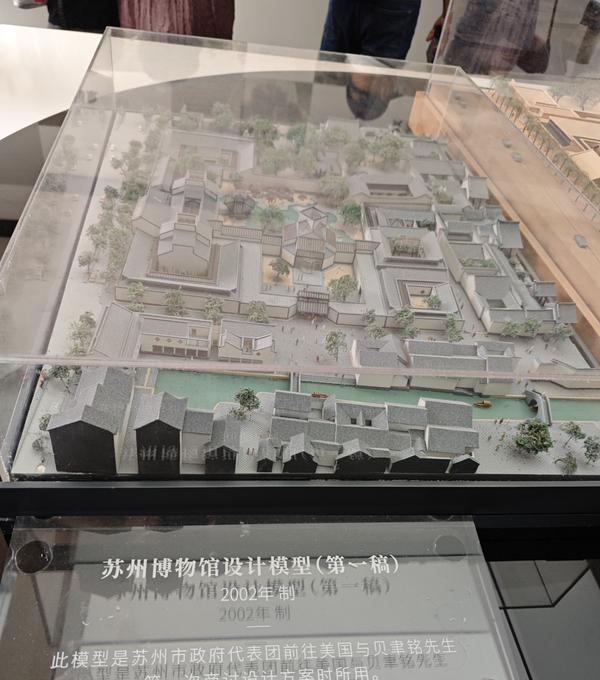Museum Treasures That Captivated China in 2024
From ancient bronze vessels to prehistoric fish fossils, Chinese museums showcased remarkable artifacts in 2024 that offered glimpses into the nation’s rich cultural heritage and natural history, drawing visitors with their exceptional craftsmanship and historical significance.

The year 2024 witnessed several extraordinary museum exhibitions across China that left visitors in awe. Among the most notable displays was the Purple Sandalwood Museum’s masterpiece - a massive wooden screen carving of the “Qingming Shanghe Tu.” This remarkable piece, spanning 32.4 meters in length and 1.77 meters in height, meticulously recreates Zhang Zeduan’s famous Northern Song painting at a 1:6 scale, demonstrating exceptional craftsmanship in purple sandalwood.
At the Hunan Provincial Museum, the Lady Xin Zhui exhibit continues to mesmerize visitors. This remarkably preserved mummy from the Han Dynasty represents one of China’s most significant archaeological discoveries, offering invaluable insights into ancient Chinese nobility and preservation techniques.
The Chengjiang Fossil Site Museum in Yunnan Province houses another remarkable treasure - the Myllokunmingia fengjiaoa fossil. This tiny creature, merely 2.8 centimeters long, represents the oldest known vertebrate, dating back 520 million years. Its significance in evolutionary history cannot be overstated, as it provides crucial evidence about the development of vertebrate animals.
In the ancient city of Anyang, the Yin Xu Museum unveiled a stunning bronze vessel discovered in 2021. The intricate thunder patterns and sophisticated casting techniques demonstrate the remarkable metallurgical achievements of the Shang Dynasty, challenging our understanding of ancient Chinese technological capabilities.
The Suzhou Museum’s jade exhibition featured the exquisite Fish-Dragon Jade Vessel from the Kangxi period of the Qing Dynasty. Its perfectly balanced form and delicate craftsmanship exemplify the sophistication of Chinese jade carving traditions.
The cultural significance of these exhibits extends beyond their aesthetic appeal. They serve as tangible links to China’s past, demonstrating the remarkable achievements of ancient civilizations in areas ranging from metallurgy and woodworking to jade carving and fossil preservation. Each artifact tells a unique story about China’s technological, artistic, and cultural development through the ages.
The popularity of these exhibitions reflects a growing public interest in cultural heritage among Chinese citizens. Museums across the country have responded by incorporating innovative display techniques and interactive elements, making historical artifacts more accessible and engaging for modern audiences.
These remarkable exhibits remind us that museums serve not merely as repositories of ancient artifacts, but as bridges connecting past and present, offering valuable insights into human ingenuity and cultural evolution across millennia.